For women, it’s still a ‘Mad Men’ ad world: Anupama Ramaswamy
Adgully has consistently celebrated and acknowledged the accomplishments of women entrepreneurs and leaders in various sectors. One of our notable initiatives, W-SUITE, focuses on highlighting extraordinary women achievers in the Media & Entertainment, Advertising, Marketing, PR, and Communications industry. In this updated series, we aim to explore how women leaders adeptly manage their teams and overcome challenges in the dynamic landscape of their respective industries.
In an exclusive interaction with Adgully, Anupama Ramaswamy, Chief Creative Officer, Havas Worldwide India, gets candid as she reveals some harsh realities of the advertising profession, as well as how women still find it tough to break through leadership gender stereotypes. At the same time, Ramaswamy speaks about the many programmes that Havas has to encourage its women staff and nurture them to be future leaders.
What has your journey been like in the creative industry, and how did you develop your passion for art direction and advertising?
For me, advertising happened by fluke. I was waiting to start with my Master’s degree in Agriculture, before which we had a 3-month break. I joined a course with Clarion (Bates) College of Communication in Kolkata. As a part of the course, stalwarts like Kiran Khalap and Ram Ray came to teach us. That made this whole field extremely fascinating to me. I was a painter, so I considered joining as an art director and started my journey at Mudra Kolkata. But my real journey started in Delhi when I joined FCB.
How do you approach challenges in your role as a Chief Creative Officer, and what strategies do you employ to overcome them?
In business, marketing is like math, and creativity is like magic. To achieve success for our clients, we require a combination of both math and magic.
Of late, creative teams feel overworked and under-appreciated, confronting exhaustion at a time when marketing needs them the most. We know that the creative product is at the heart of the company – not just for ‘special occasions’. The challenge is to be an effective tone-setting ambassador for the agency and a champion of creativity, which has a cascading effect —ultimately, creativity breeds great work which builds brand value and fuels growth, not to mention the crucial role of attracting new talent to keep the cycle going.
Understanding the company’s vision and strategic goals is crucial. The creative team needs to be informed about these so they can create content that reflects the same vision. Simultaneously, communication between departments is vital. Knowledge sharing, regular meetings or updates from the account and strategy teams helps keep the creative team on track. Feedback loops are also important. After any project, reviewing the results against the goals we set out for ourselves, helps identify areas for improvement.
Lastly, no job is too small. And leading this by example is key to fostering an environment where designations take a back seat and only creativity wins.
As a leader, how do you foster a creative and collaborative environment within your team?
Fostering a culture of innovation and creativity actually requires strategic efforts – and this has no format. Every organisation is different and so are the people working in there. The one-size-fits-all strategy just does not work. So, we need to try new things and course correct regularly. Some things work, some do not. Encouraging open communication, taking feedback, changing the course of action, doing skip-level meetings to ensure everyone’s ideas and POVs are heard. This approach not only cultivates creativity but encourages everyone to add value. To do this, we organise brainstorming sessions as they can be instrumental in sparking innovative ideas. These sessions are structured yet flexible, allowing for free-flowing thought exchange.
Upskilling, I believe is most important. Hence, we at Havas have facilitated workshops and training programs focused on creative thinking and problem-solving skills. For example, Femmes Forward is an accelerator program designed to prepare high-potential female employees at Havas to advance their careers at a faster pace. I nominated one of our female leaders for Cannes Lions last year for the same. It is a way of recognising and rewarding to maintain an environment that values creativity. It motivates individuals to think out-of-the-box and contribute towards the growth of the organisation.
Recently, to further strength our creative excellence, we have established across-disciplinary Havas India Creative Council, comprising our creative leadership from across the Havas India ecosystem. This is the first ever council of its kind within the Havas global ecosystem, and will help us scale up and make our creative product more holistic, progressive and meaningful by building a seamless support system, encouraging, guiding and training our emerging powerhouses across Havas India agencies.
How have you witnessed the evolution of the advertising and creative industry over the years, especially concerning the representation of women in leadership roles?
For women in advertising, it’s still a ‘Mad Men’ world. For years, we have talked about improving diversity and getting rid of gender biases in advertising, but progress has been rather slow. And it has been even slower in India. So many times I have been the only woman, or may be one of two women, in meetings with both co-workers and clients.
Have I personally experienced discrimination? Maybe not. But I have repeatedly felt ignored or dismissed by male colleagues and left out socially. Oh and, I think everybody thinks it’s everybody else’s problem.
Male executives become visibly uncomfortable if you are louder than them. You are labelled very quickly. I try hard not to show emotions at work because well, I’m a woman. Ask the women leaders, you will see how they feel the pressure to learn to play golf or to generally act more like their male counterparts. It is a constant challenge for women.
I don’t think it is active discrimination. The problem is people inherently tend to hire people who are like them. So, men hire men. And the other fact, which we cannot ignore, is that as women who have made it through, we tend to become unaffected by it in some way. So, it is also our responsibility to ensure that the balance stays.
Of late, with gender inclusivity being part of a larger agenda and narrative, organisations are consciously making efforts to hire women. I can proudly say that atHavas India, it is a conscious call to have many women leaders, may be more than any other network in India.
What steps do you believe the industry needs to take to further promote diversity and inclusion, particularly for women in creative roles?
The first step, which I definitely do now, is to make sure I stop portraying stereotypical gender roles in ads, both male and female – mothers in the kitchen, men driving cars, men as strong, women as naïve... Advertising and movie are representatives of culture, and we have a responsibility here to show narratives that are progressive and give hope.
At Havas India, our average gender ratio is at about 41% women, and particularly in business roles, 39% are women. That is an extremely healthy ratio for India.
We also have a few more initiatives like FLEX YOUR LEXI, an initiative undertaken by Havas India to empower and enable women across the ranks to bring their best version of themselves to work by building their executive presence. We also have a virtual learning series for rising stars at Havas, the Femmes Forward Academy program which facilitates curated topics to help women in theearly stages of their career, to help them navigate their professional journey. Femmes Forward is an accelerator program designed to prepare high-potential female employees at Havas to advance their careers at a faster pace.
Meanwhile, more locally, Havas BOLT is Havas India’s customised Talent Development program designed to drive individual professional and personal growth through structured learning modules that will enable accelerated career progression for high potential talent across the group.
What are the five most effective leadership lessons that you have learned?
I have worked with many leaders in the industry - both women and men, and a lot is picked up by observation.
- Accept that you are a female leader in a male-dominated industry. Let them underestimate you and then… outthink, outwork and outperform. Believe in yourself with a humble confidence.
- Remember you are as good as your team. Create a culture that promotes healthy competition, it elevates the work. But at the same time give people a sense of security.
- Don’t hire replicas of yourself. We need to look at people who are different from us. People who question us, challenge us, everyday people that have different backgrounds from you are likely to have different views - and that is good, even though sometimes it may seem strange.
- Be a gardener – Sow the seeds, nurture, prune, reap, repeat. Leadership is the work of a lifetime - it never ends.
- Be generous. It is not just about being nice or kind. It is about wanting to make each other better, make the work better without thinking where it came from. It is not easy, but it will give more to you eventually. And it’s hard. Because we’re reared in this industry to be competitive… When you are generous to each other, I think we all win.
If you could share one piece of advice with the next generation of women leaders in the creative industry, what would it be?
I read somewhere: “Hopefully, in the future, there will be no female leaders. There will just be leaders.”
The ability to learn is the most important quality a leader can have. The thing that you think you're really great at could actually be the thing that comes back and gets you – just be aware of them.
Women must walk a slim line between competence and likability. Usually, a man perceived as competent tends to be likeable too, while the opposite holds true for women: the more competent we are, the less likeable we seem, and the more likable, the less competent. A competent woman open about her ambitions is especially disliked. Many of us do manage to keep our balance; but trust me, it is exhausting. When you’re aware of your strengths, you can play to them rather than wasting time struggling to shore up your weaknesses, and more often than not, women tend to downplay their strengths.



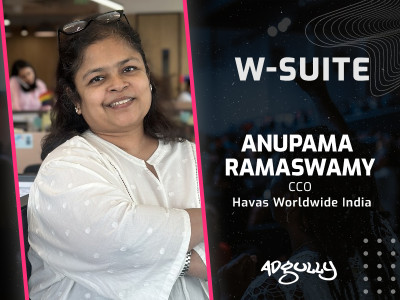

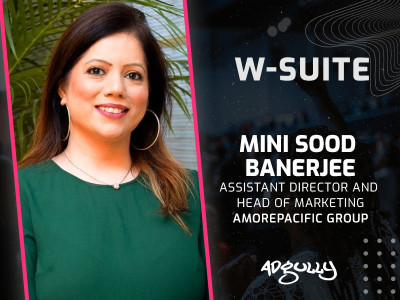
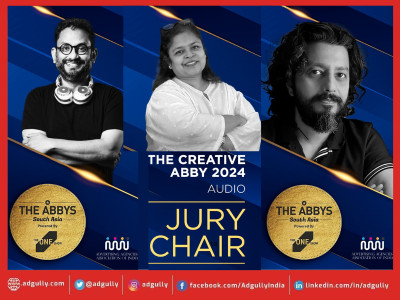





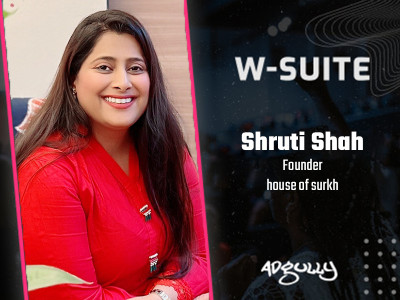
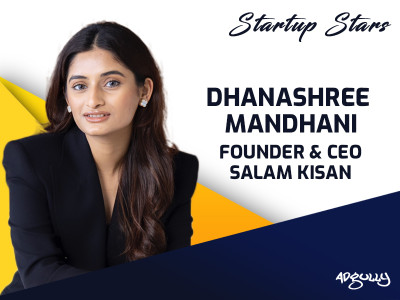
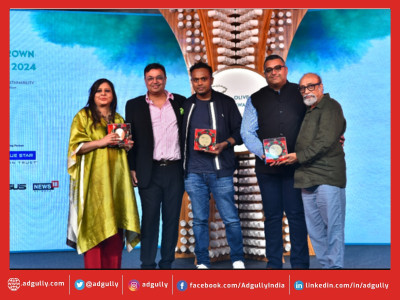
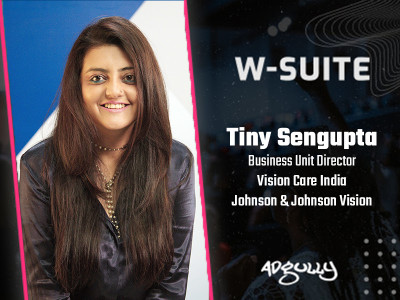


Share
Facebook
YouTube
Tweet
Twitter
LinkedIn